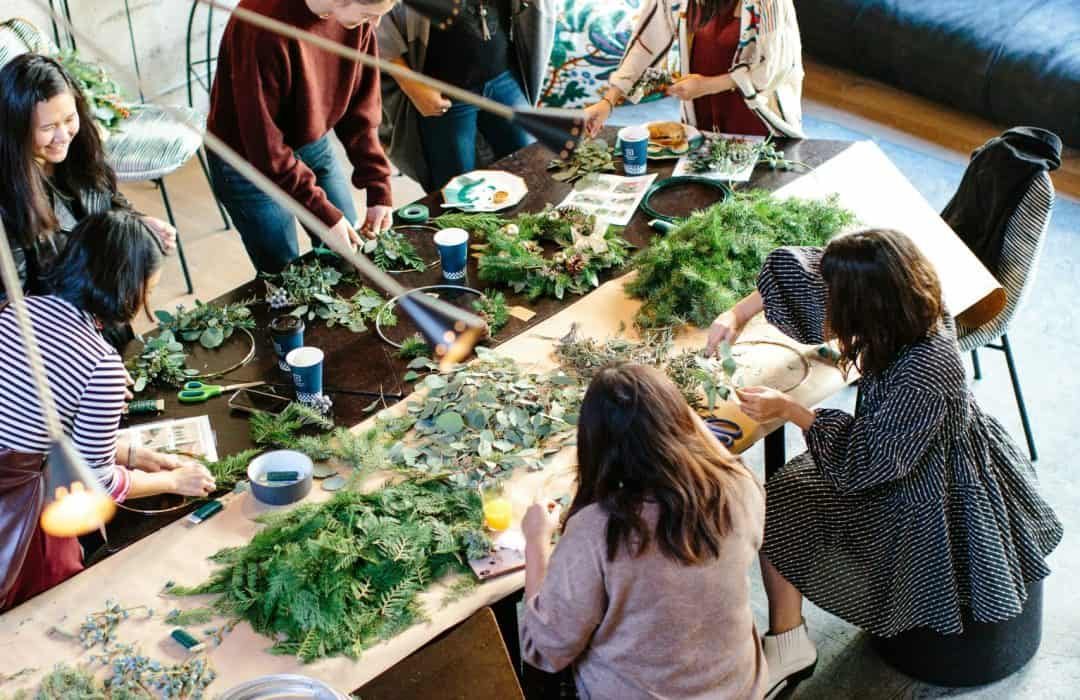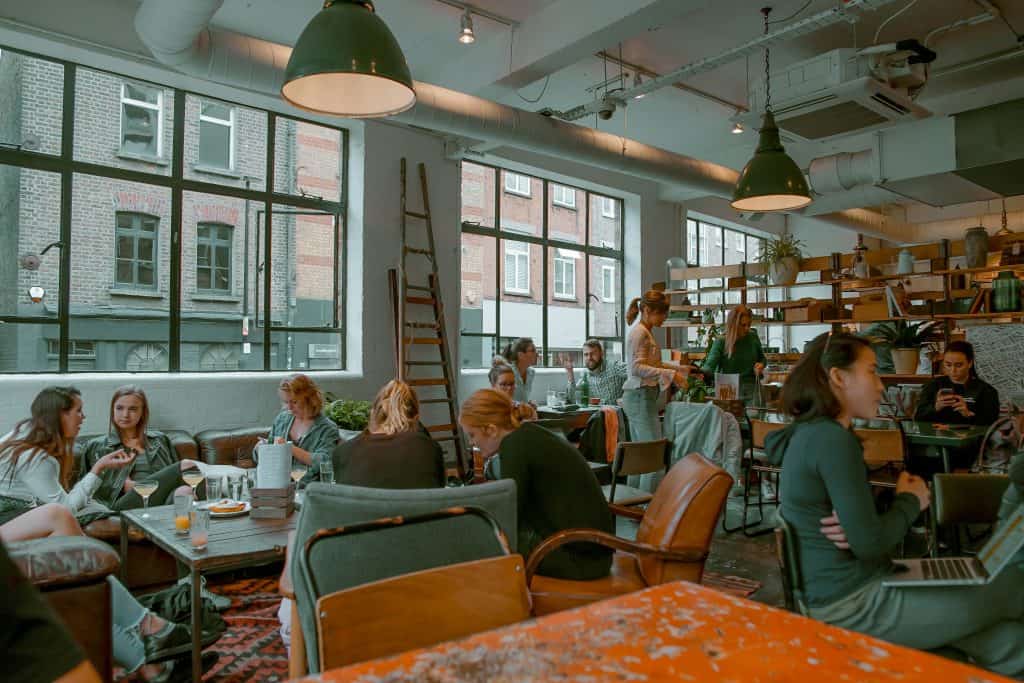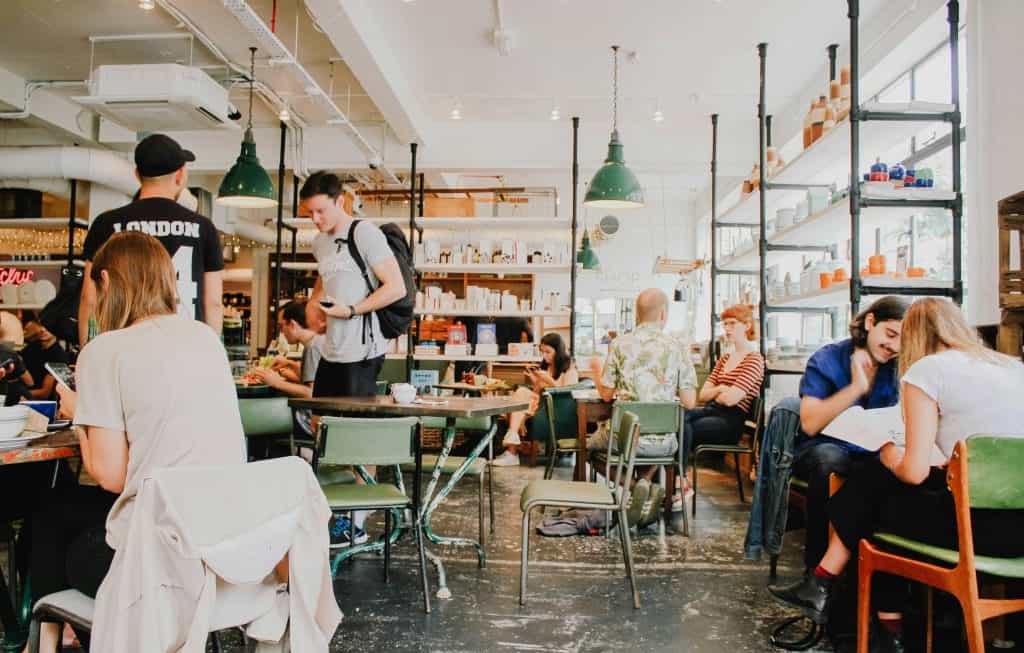
31 Mar Funding and Support for Community Art Projects
Community art projects serve as vibrant expressions of local culture, bringing people together and beautifying neighborhoods. However, securing funding and support for these endeavors can be challenging. Community art projects encompass collaborative efforts to create art that reflects and engages with a particular community. These initiatives play a crucial role in fostering creativity, cultural exchange, and social cohesion. Despite their value, community art projects often face hurdles in securing the necessary funding and support.
Challenges of Securing Funding

Photo by Hillary Ungson
Limited Resources
Limited resources present a persistent challenge for community art projects, which often operate on shoestring budgets. Despite the passion and creativity driving these endeavors, the struggle to cover basic expenses looms large, hindering the realization of ambitious artistic visions. From procuring materials to compensating artists and organizers, financial constraints frequently force projects to navigate a delicate balance between ambition and practicality.
Competitive Landscape
Community initiatives have a difficult time getting the funds they need in the cutthroat world of arts finance. The fight for funding becomes an uphill battle marked by intense competitiveness and cunning maneuvering because many projects are competing for limited resources. Every project has to stand out from the competition, inspiring organizers to create proposals and storylines that appeal to funders and donors alike.
Sustainability
Sustainability emerges as a critical concern for community art projects striving to make a lasting impact. While securing initial funding marks a crucial milestone, maintaining ongoing support for long-term endeavors presents a formidable challenge. Sustaining momentum and interest beyond the initial stages demands innovative approaches to fundraising, community engagement, and organizational resilience. Navigating the complex terrain of funding cycles and donor priorities requires strategic foresight and adaptability to ensure the enduring vitality of community-driven artistic initiatives.
Funding and Support Options for Community Art Projects

Photo by Toa Heftiba
Grants
Grants serve as invaluable sources of financial assistance for community art projects, offering diverse avenues for funding. Government grants, often distributed through arts councils or cultural agencies, provide crucial support for initiatives aligned with public policy priorities. Private foundation grants, endowed by philanthropic organizations, offer another vital resource, often targeting specific artistic disciplines or community development objectives. Additionally, crowdfunding platforms empower artists and organizers to engage directly with their communities, mobilizing grassroots support for creative endeavors through online campaigns.
Fundraising
Fundraising initiatives play a pivotal role in sustaining community art projects, and harnessing the collective generosity of individuals, businesses, and organizations. Individual donations, whether through one-time gifts or recurring contributions, form the bedrock of community support, reflecting personal connections to the project’s mission and impact. Corporate sponsorships, facilitated through strategic partnerships and sponsorship packages, offer businesses opportunities for brand visibility and community engagement while providing financial backing for artistic endeavors. Community events, ranging from benefit concerts to art auctions, serve dual purposes of fundraising and community-building, fostering connections and camaraderie among supporters.
Alternative Sources
In addition to traditional funding sources, community art projects can leverage alternative avenues for support and resource mobilization. In-kind donations, such as materials, equipment, or professional services, alleviate financial burdens while nurturing collaborative relationships with local businesses and service providers. Partnerships with businesses and cultural institutions forged through mutual interests and shared values, unlock access to resources, expertise, and promotional platforms, enriching the project’s impact and reach. Moreover, utilizing community resources, such as public spaces, volunteer networks, and educational institutions, harnesses the collective wealth of talent, creativity, and enthusiasm within the community, fostering a sense of ownership and investment in the project’s success.
Support Options

Photo by Toa Heftiba
Volunteer Support
Volunteer support is an essential component of any organization or community initiative, offering a range of benefits that extend beyond mere assistance. Volunteers bring valuable skills, dedicating their time and enthusiasm to the causes they believe in. Engaging community members through outreach efforts and leveraging existing volunteer networks are effective recruitment strategies to attract individuals passionate about making a difference. The contributions of volunteers are diverse and impactful, spanning from creating artwork to coordinating events and conducting outreach activities. Their involvement not only lightens the workload but also infuses projects with fresh perspectives and energy, fostering a sense of ownership and camaraderie among all involved. Thus, nurturing and appreciating volunteer support is integral to the success and sustainability of any endeavor.
Community Partnerships
Community partnerships are vital for fostering collaboration and maximizing resources within local initiatives and organizations. By partnering with various entities such as local businesses, organizations, and individuals, communities can leverage a diverse array of resources and expertise. These collaborations often involve a range of support mechanisms, including financial contributions, in-kind donations such as goods or services, or promotional support through marketing channels. Through effective partnerships, communities can pool their strengths and assets, leading to more comprehensive and impactful outcomes. Such collaborations not only enhance the reach and effectiveness of programs and initiatives but also foster a sense of shared responsibility and ownership among stakeholders, ultimately contributing to the overall well-being and resilience of the community. Thus, cultivating and nurturing community partnerships is essential for addressing complex challenges and driving positive change at the local level.
Publicity and Promotion
Publicity and promotion are vital for raising awareness and gaining support for community projects. Utilizing social media platforms like Facebook, Instagram, and Twitter allows organizations to showcase projects, share updates, and engage with the community effectively, expanding their reach and fostering meaningful interactions. Additionally, connecting with local media outlets such as newspapers, radio stations, and online publications amplifies the project’s message, reaching diverse segments of the community and generating interest. Participation in community events like festivals and markets provides further opportunities to interact directly with community members, distribute information, and demonstrate impact, fostering connections and building trust. Integrating these strategies enables projects to maximize visibility, engagement, and support within the community.

Photo by Annie Spratt
Conclusion
Securing funding and support is essential for the success and sustainability of community art projects. By exploring diverse funding options, cultivating volunteer support, and forming strategic partnerships, these initiatives can thrive and enrich the communities they serve. Your involvement matters. Whether through financial contributions, volunteerism, or advocacy, every effort helps sustain the vibrancy of community art projects. For additional information and support, explore resources provided by arts organizations, local governments, and community foundations.
Key Takeaways
FAQs
How can I find grants for my community art project?
To find grants for your community art project, explore government grant programs, private foundation websites, and crowdfunding platforms like Kickstarter. Government entities often allocate funds for arts initiatives, while private foundations may support projects that align with their values. Crafting compelling grant proposals tailored to each funder’s priorities increases your chances of success. Crowdfunding offers an alternative funding avenue by engaging a broader audience through social media and multimedia content.
What are some effective fundraising strategies?
Host community events such as art exhibitions and workshops to raise funds and foster community engagement. Reach out to local businesses for sponsorships by highlighting the benefits of supporting your project. Engage in targeted donation campaigns that communicate the impact of contributions and offer incentives for giving. By leveraging digital platforms and traditional channels, you can mobilize support from individuals passionate about the arts and invest in your project’s success.
How can I attract volunteers to my project?
Tap into local volunteer networks and promote opportunities through social media to attract volunteers to your community art project. Engage with local organizations and community centers to raise awareness about volunteer opportunities and encourage participation. Highlight the meaningful contributions volunteers make to the project’s success and celebrate their achievements through public acknowledgments and appreciation events. By showcasing the impact of volunteering, you can inspire others to join your efforts and contribute to the cultural vibrancy of your community.
Implementing effective strategies in “Monetizing Virtual Art Exhibition Tours,” leveraging methods such as ticket sales, donations, or sponsorships to generate revenue.

